 This 2018 Bugatti Chiron just became the most expensive car listed on eBay
This 2018 Bugatti Chiron just became the most expensive car listed on eBay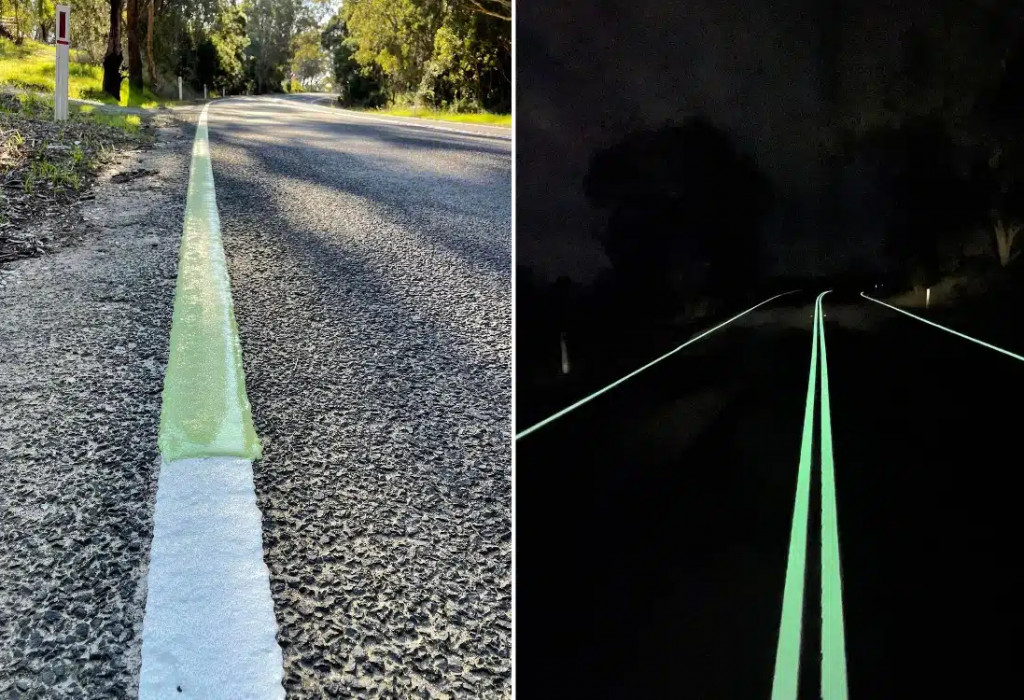 Australia is trialing glow in the dark lines on the roads to improve safety at night
Australia is trialing glow in the dark lines on the roads to improve safety at night The Japanese make probably the most insane idea vehicles
The Japanese make probably the most insane idea vehicles Elon Musk thinks cars with the capability to fly are an idiotic thought
Elon Musk thinks cars with the capability to fly are an idiotic thought Mercedes E-Class gets a new look with more technology and AI.
Mercedes E-Class gets a new look with more technology and AI.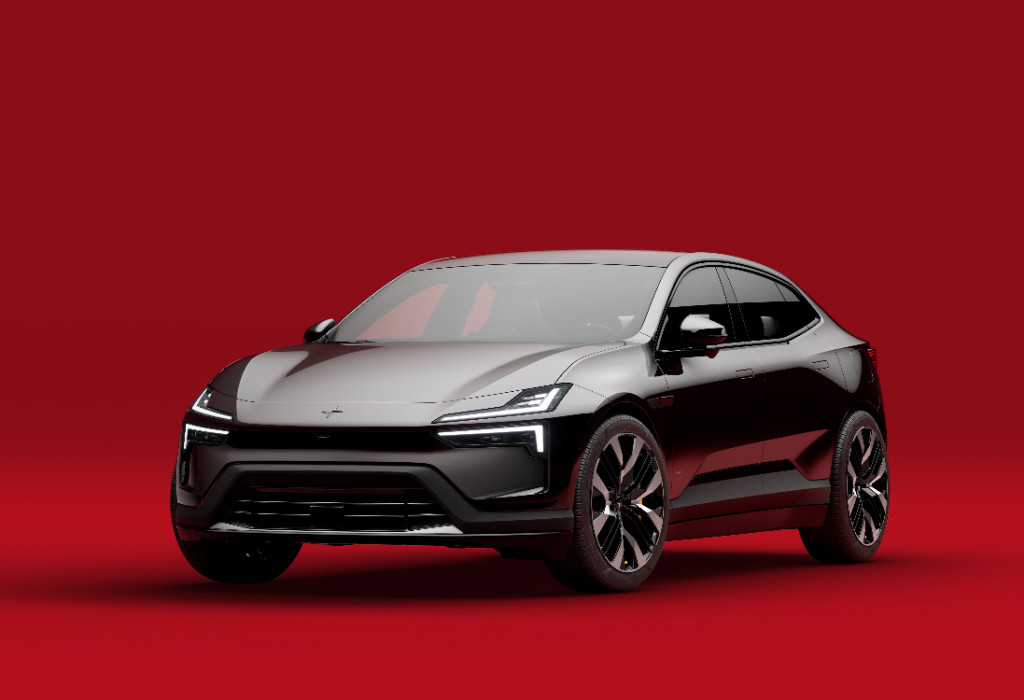 The Polestar 4 SUV-coupé was shown off, with no rear window and 544 horsepower.
The Polestar 4 SUV-coupé was shown off, with no rear window and 544 horsepower. Mercedes-Maybach elevates EV luxury to an insane new level.
Mercedes-Maybach elevates EV luxury to an insane new level. The most powerful M-Car ever produced is the BMW XM Label Red.
The most powerful M-Car ever produced is the BMW XM Label Red.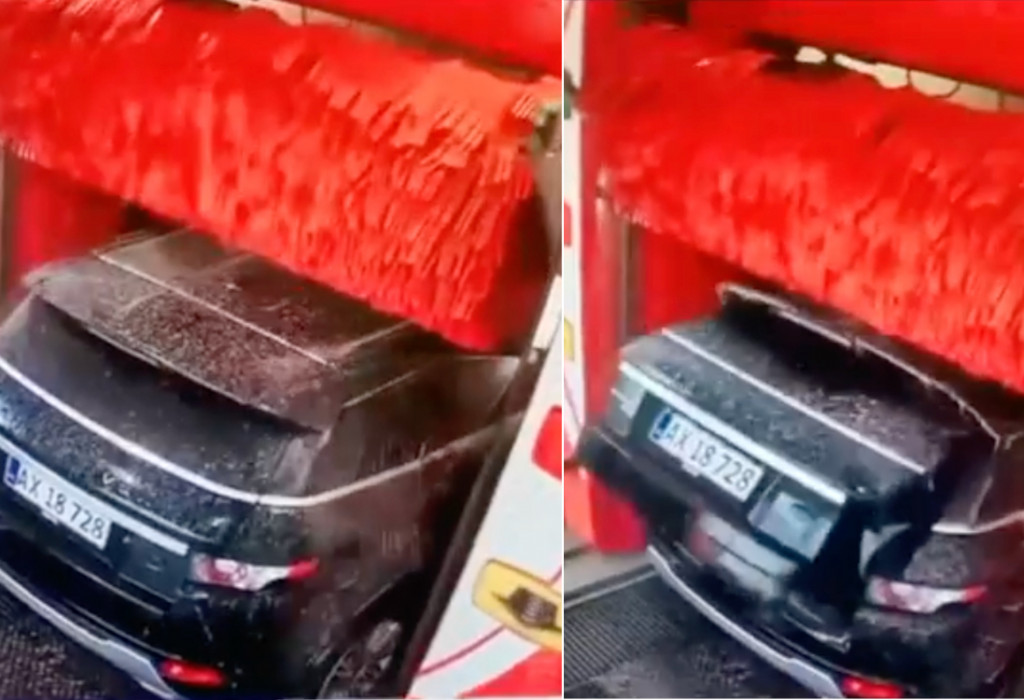 As a Range Rover passes through a car wash, watch as it is destroyed.
As a Range Rover passes through a car wash, watch as it is destroyed.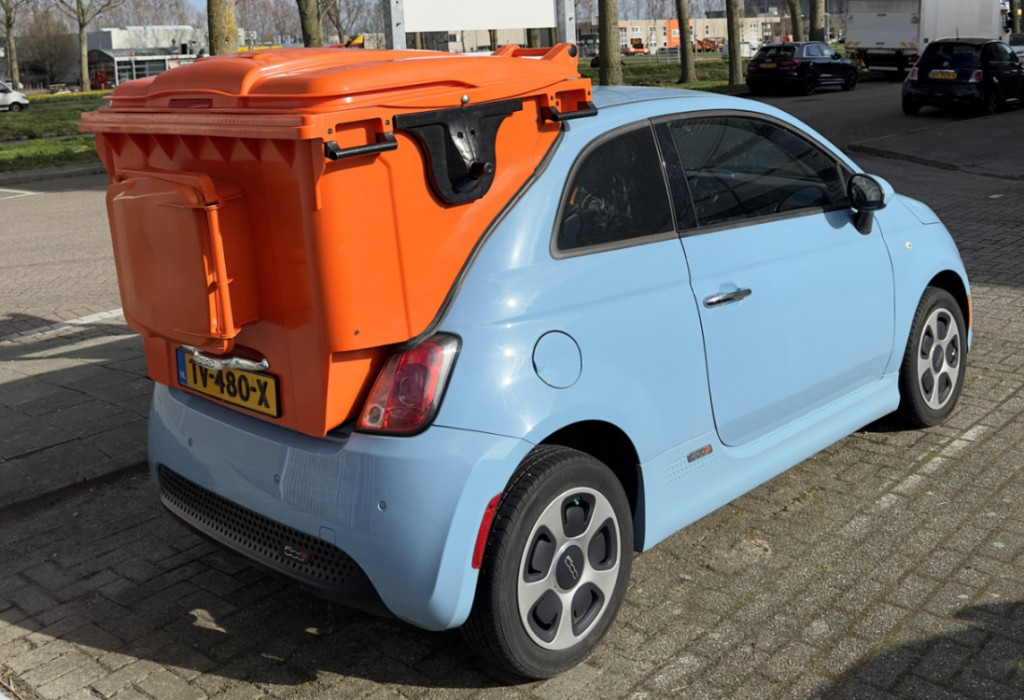 The smallest garbage truck in the world was made by the Fiat 500e.
The smallest garbage truck in the world was made by the Fiat 500e.The excellent Pilot Assist system will be enhanced in the forthcoming electric SUVs from Volvo and Polestar.
At CES 2023, it's hard to stand out among cars that change color, electric pickups that follow you like a robot puppy, and an oddly named Playstation on wheels. The amusing things make the headlines, but we also look for the seemingly insignificant announcements that will have a short-term impact on our driving lives. One example is Volvo's announcement regarding its 2024 EX90 electric SUV using Google HD Maps.
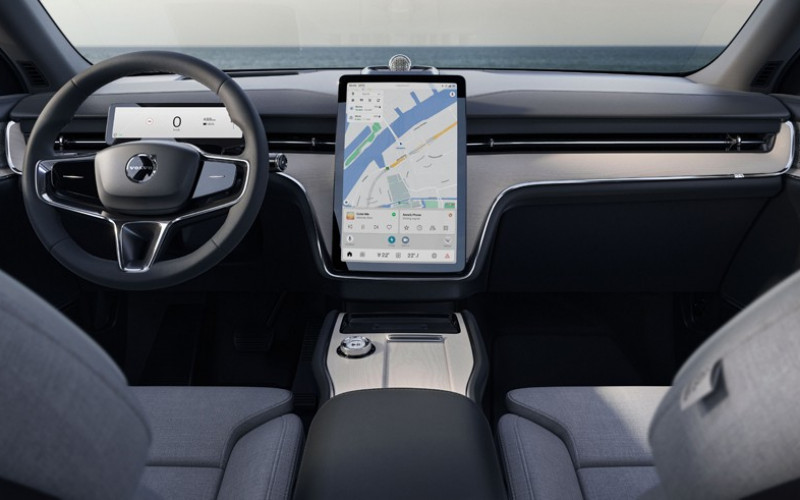
The following is a brief summary of our coverage of the EX90 when it made its Stockholm debut in November 22: This is the brand-new all-electric SUV from Volvo. It is as big as an XC90 and will become the company's flagship. The EX90 made its North American debut at CES '23 in the Google booth because Google integration is one of its most important offerings.
Apart from the EX90 itself, Volvo's biggest announcement is that it will be one of the first two vehicles (along with the Polestar 3 electric SUV) to utilize Google's HD maps, which provide mapping accuracy down to the lane level. Why is it important to you—or anyone else? because it will greatly benefit Volvo's Pilot Assist lane-centering system.

If you are familiar with Volvos—and we don't know why you would be unless you own one or are a die-hard Swedophile—you will already be aware that Pilot Assist is one of the older but also one of the best systems available. When most other lane-centering systems were bouncing their occupants between the dotted lines like a bowling ball trying to settle in the gutter, Volvos were able to steer themselves straight and true as long as you kept your hand on the wheel. This was half a century ago. Several systems have now caught up, and some, like GM's SuperCruise, have surpassed it. This is primarily due to the fact that these systems let you take your hands off the wheel, especially on long, boring roads where we'd happily be passengers.
Volvo's intention for Pilot Assist to be hands-off, at least for a portion of the time, is evident by the addition of HD maps and the EX90's enormous lidar sensor, which lives above the windshield like a London taxi's roof sign. Pilot Assist may once more rise to the top of the class if the mapping data is of high quality—which, based on our previous experience with Google, we believe it should be. We were pleased when Volvo displayed animations of automated lane changes: For those of us who believe the world would be a better place if slower traffic kept right, Super Cruise's change-lanes-then-pass-then-return functionality is pretty hard to beat.
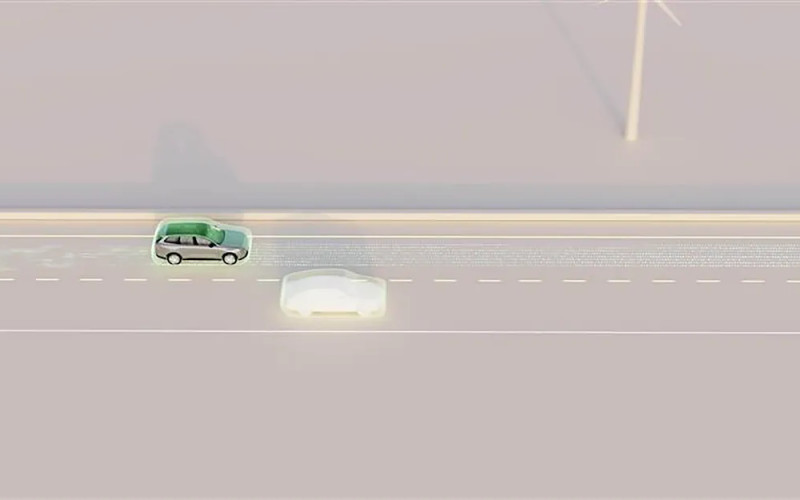
The EX90's full Google integration is also noteworthy, in addition to HD maps. As is the case with Ford's Mustang Mach-E and other Volvos, Volvo's diminutive portrait-sized screen is being replaced by a massive tablet for the EX90 and, we hope, for future models, considering that major design changes appear to occur only once every one-fifth of a century, regardless of whether they are required. The system is intended to be voice-driven primarily, which is in keeping with Volvo's minimalistic aesthetic: When you say the magical words "Hey Google," you can tell the EX90 to do a variety of useful things, just like you can on your phone: Find you a meal, guide you to your house, and even enable or disable Google-connected smart home devices.
The system locked up twice during the brief demo we were given, confusing the poor Google representative (we were her first demo of the day) and making us laugh out loud. Despite the fact that it was a prototype and unfinished software, this is an excuse after another. We weren't as surprised as the Google representative because we were already familiar with Volvo's infotainment systems. We are eager to see how this seemingly insignificant announcement improves the driving experience of the EX90 and other Volvo vehicles. Hopefully, Volvo's contract with Google includes extensive debugging.





